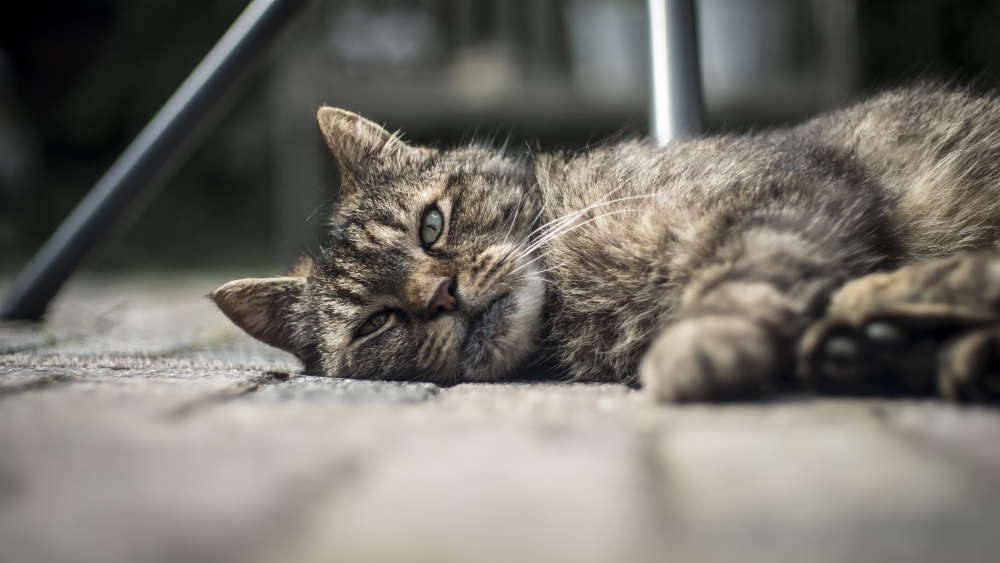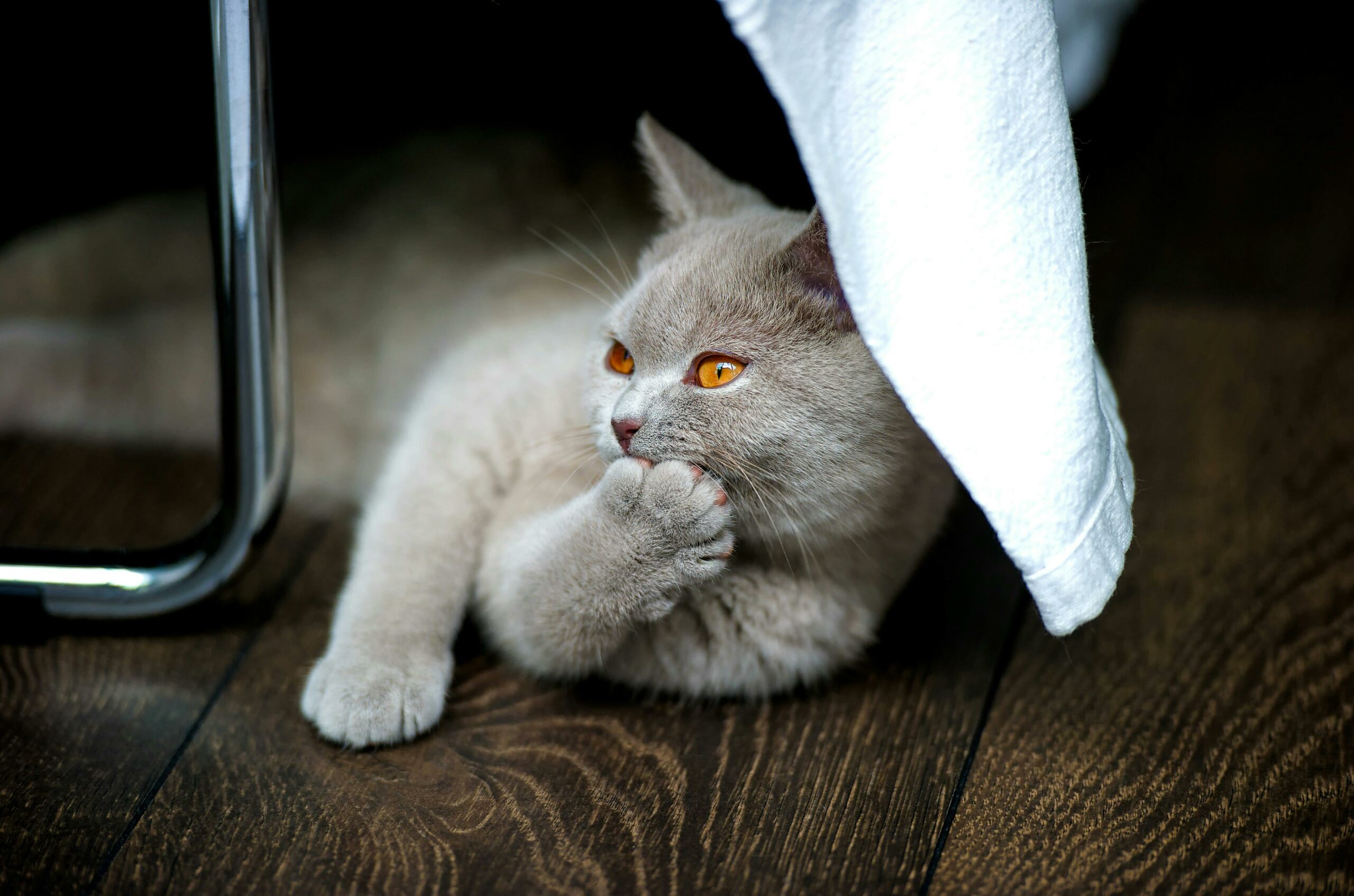If you share your home with a feline friend, you’re in for a world of idiosyncrasies. Cats are known for their independence, but they thrive on attention and can form strong bonds with their humans. But did you know they can feel separation anxiety, much like their canine counterparts?
Separation anxiety in cats can be subtle and often goes unnoticed. I’m talking about those quiet signs your cat might have separation anxiety which become apparent when their environment changes or when they’re left alone for extended periods.
It’s not just a matter of missing their owner; it’s about coping with a deep sense of unease. As their guardian, it’s crucial to recognize the signs so you can provide the necessary comfort and care. That’s going to include understanding their typical behaviors and noticing when things seem off.
Spotting these signs early can make all the difference in addressing your cat’s emotional health. Let’s work together to ensure your beloved pet feels secure, even when you’re apart.
Sign 1: Excessive Vocalization
If you’re familiar with the cozy chatter of a contented cat, you know just how soothing it can be. But when the meowing turns into constant calls or distressed yowls, it’s natural to feel concerned. Your cat’s vocalization is a primary tool for communication, and when it becomes excessive, it can be one of the clearest signs your cat might have separation anxiety.
So, what distinguishes typical meows from anxious vocalizations? Pay attention to the intensity, duration, and context. If your cat starts to vocalize more often, especially during times of departure or arrival, it may signal their distress about being alone.
Understanding the pattern is critical. Does your cat only make these sounds when you’re about to leave, or shortly after you’ve gone? If that’s the case, they’re likely trying to tell you that they’re not happy about your absence. And it’s not just about volume or persistence; the tone can also hint at their emotional state. Anxious meowing often has a distinct pitch—a more piercing and desperate sound than their usual chatter.
Sign 2: Clingy or Destructive Behavior
You’re going to find out about clingy or destructive behavior being a red flag. Cats value their independence, so when your feline friend becomes your constant shadow, it might be signaling distress. Clingy behavior can manifest as persistent following, excessive meowing for attention, or restlessness when you’re about to leave.
Destructive tendencies can also indicate separation anxiety. If you notice scratched furniture, torn curtains, or knocked-over items in your absence, your cat may be stressed. This isn’t just about a few isolated incidents; it’s a pattern that occurs mainly when they’re alone.
You’re now probably wondering, ‘How can I address this?’ Choose something that resonates with you and your pet. Start with creating positive associations with your time apart, like offering puzzle toys to keep them occupied. Slowly increasing the time your cat spends alone can also help them adjust.
In my opinion, if the destructive behavior persists or worsens, consult a veterinarian or a feline behaviorist. They can provide personalized strategies to improve your cat’s ability to cope with separation, ensuring their happiness and the safety of your home.
Sign 3: Changes in Eating Habits
Now, if there’s one thing most cats are consistent about, it’s their appetite. That’s why a sudden change in eating habits can be a telltale sign of separation anxiety. When you’re away, your cat might either start polishing off food at an alarming rate or turn their nose up at mealtime altogether.
You see, just like us, cats can experience stress-induced changes in their appetite. Some soothe their nerves by eating more, which can quickly lead to weight gain and other health issues. Conversely, others may become too anxious to eat, losing weight and potentially exacerbating pre-existing health conditions.
So, how can you tell the difference between a slight change in diet and a sign of separation anxiety? Well, it’s all in the pattern. If your cat only behaves differently while you’re away and returns to normal eating habits when you are present, that’s a strong indicator of separation-related stress.
I cannot stress enough the importance of consulting your veterinarian if you notice any drastic changes in your cat’s eating habits. Sure, it could be separation anxiety, but it’s critical to rule out other potential health problems. Once health issues are cleared, and separation anxiety is identified, you might consider modifying your departure routine or creating a more enriching environment to keep your cat calm during alone time.
That said, it’s also key to remember that behavior changes don’t happen in a vacuum. Difficulty with eating is often accompanied by other signs of anxiety, such as compulsive grooming. And that’s precisely what we’re going to tap into next.
Navigating the Path to a Calmer Companion
You’re going to find out that identifying signs of separation anxiety in your cat is just the beginning. This isn’t just about managing symptoms; it’s also about fostering a nurturing environment that helps your feline friend feel secure, even when you’re not around.
Choose something that resonates with you from the strategies I’ve discussed, like creating routines or providing engaging toys. If your cat’s behavior doesn’t improve, or if you just want to cover all your bases, a consultation with a vet or a behavioral specialist should be your next step.
Don’t worry too much about getting everything perfect. Your first attempt doesn’t need to be your last. Cats are creatures of comfort, and they can adapt over time with your patience and consistent care. For more information about how to help a cat with separation anxiety, you can check out in here.
I really hope that you’ve found this information helpful and that it guides you toward a happier, healthier life with your cat. Remember, as their guardian, you’re best placed to notice changes and seek help when necessary.
That’s our journey through the signs your cat might have separation anxiety. Thanks for taking the time to understand more about your cat’s well-being. If you have any tips or experiences to share, I’d love to hear your feedback in the comments!




